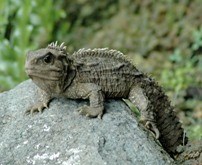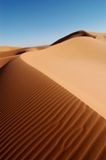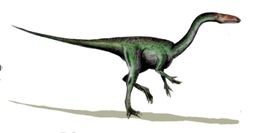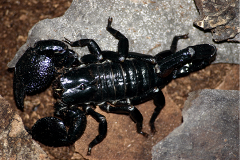About 190 million years ago, a large chunk of the western United States was covered by a vast sand sea. Dunes stood hundreds of meters high, the climate was hot and dry, yet dinosaurs and other animals managed to survive here. The sands of this Sahara-like environment were eventually buried and became sandstone, which is visible in Dinosaur National Monument today. Here we refer to it as the Glen Canyon Sandstone, but in other areas it is sometimes called the Aztec, the Navajo, or the Nugget. This sea of sand lasted for 20-30 million years in the early Jurassic, but it is only about 600 feet thick. That might sound like a lot, but if you had 20 million years to make a stack of paper only 600 feet high, you'd have to put down only one single sheet of paper every ten years. And given that rate of accumulation, consider how remarkable it is to find anything at all from the animals and plants that lived during that period. Every fossil, no matter how small, is a phenomenal coincidence, an exception to the universal rule of destruction. For that reason alone they are worth recording and studying.
Farther south, in what is now New Mexico and Arizona, river deposits in some parts of the Glen Canyon unit reflect different, wetter environments along the southern border of the sand sea. That area has been extensively studied, and has produced numerous body fossils, including several species of dinosaur (herbivorous and carnivorous), crocodilians, pterosaurs, lizards, turtles, mammal-like reptiles, mammals, frogs and other amphibians, bony fish, and sharks. Encouraged by this success, paleontologists have been surveying the Glen Canyon in Dinosaur National Monument since 2006, looking for fossilized bones, footprints, or any other traces of life from this ancient, harsh ecosystem. The project is still ongoing, but several interesting sites have already been discovered. Click below to see some of the fossils found so far.
Return to Paleontology Home Page








